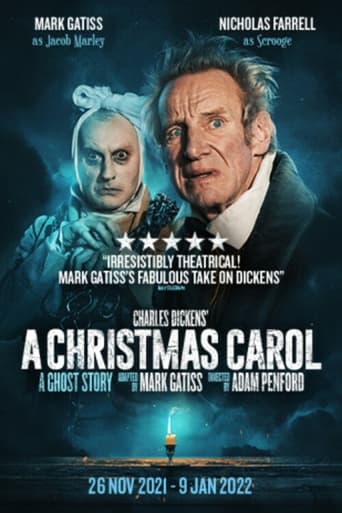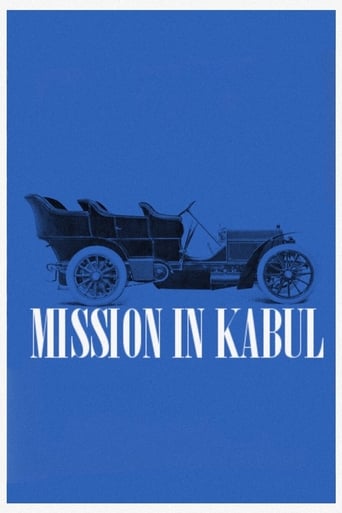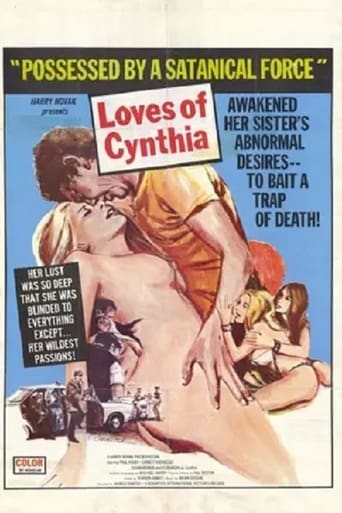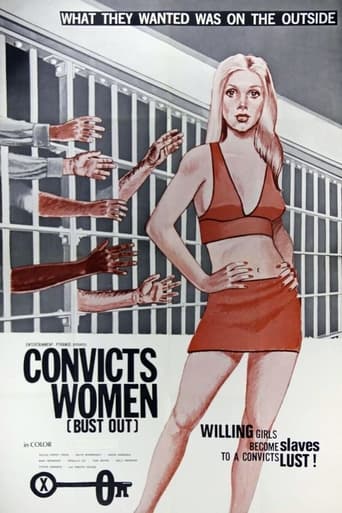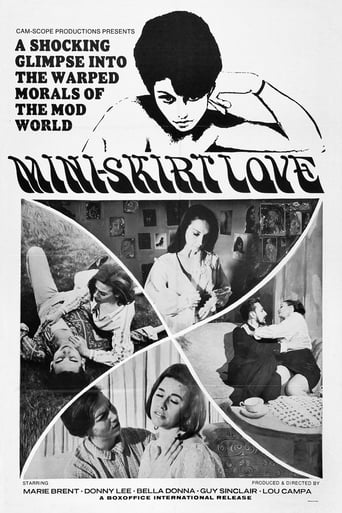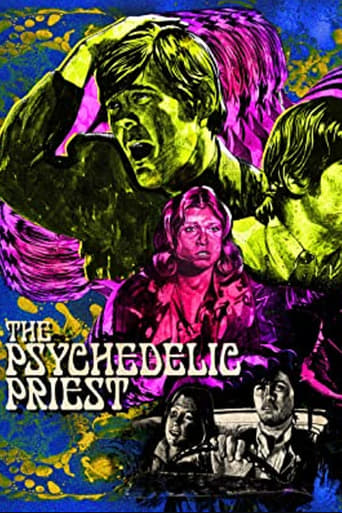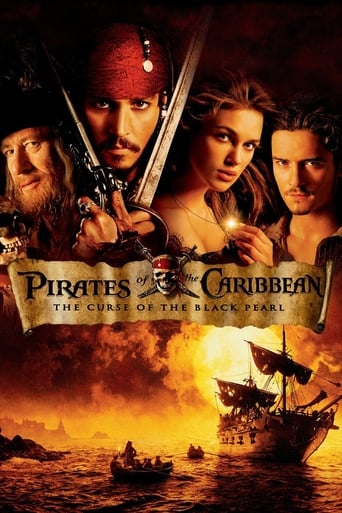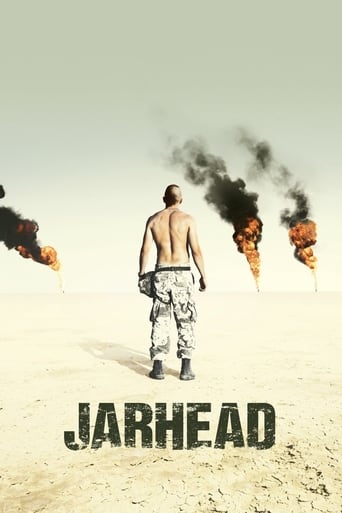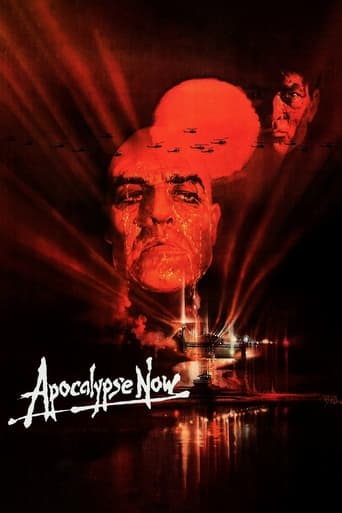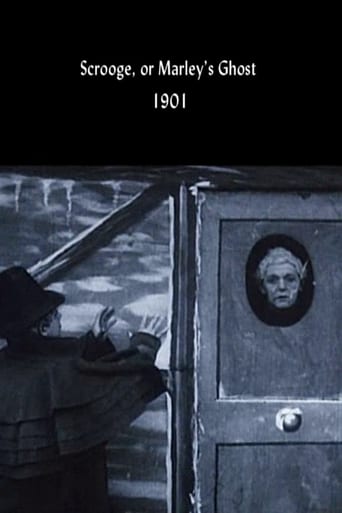
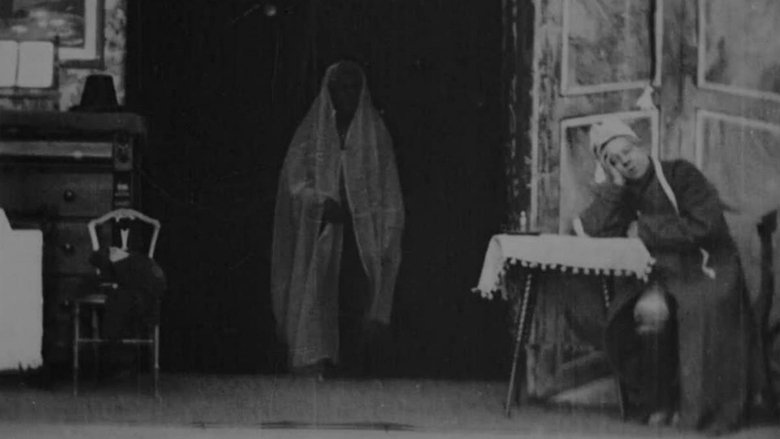
Scrooge; or Marley's Ghost (2023)
Filmed in 35mm and in black and white, this short silent film was produced by the English film pioneer R. W. Paul, and directed by Walter R. Booth and was filmed at Paul's Animatograph Works. It was released in November 1901. As was common in cinema's early days, the filmmakers chose to adapt an already well-known story, in this case A Christmas Carol by Charles Dickens, in the belief that the audience's familiarity with the story would result in the need for fewer intertitles. It was presented in 'Twelve Tableaux' or scenes. The film contains the first use of intertitles in a film.
Watch Trailer
Cast


Similar titles
Reviews
The 1901 silent version of "A Christmas Carol"... who wudda thunk it ? Is the internet great or what ?This short (very short) films is known as "Scrooge; or Marley's Ghost". It's quite theatrical with what appears to be painted canvas (or cardboard) sets, very little story and a totally unidentified cast.It's terrific to be able to view what remains of what is said to be the earliest version of this Dicken's story.It has fewer than the usual number of ghosts but it does have "trick shots" with superimposed images.It's worth a look, movie history wise.
Scrooge; or Marley's Ghost (1901) *** (out of 4) Most people, myself included, haven't heard of Paul's Animatograph Works, the production company here but they were the first to produce a film version of Dickens' A Christmas Carol. In the film we see Scrooge visited by three ghosts and his redemption. This is a pretty unique film for 1901 in many regards. For starters, title cards weren't being used during this era but this film here has pretty long ones and I'm pretty sure that this is the earliest film I've seen them used in. The film also tells a "story" which again wasn't the norm for this era. One would be shocked that a three-minute film could stay pretty faithful to the original story but this film does a pretty good job at that. I was really surprised to see the film pay close attention to the original material, although, needless to say, this film does have to speed things up quite a bit. The special effects, from the Melies style of film-making, are pretty good and hold up well today. Apparently this film originally ran a bit longer but hopefully the other few minutes will be found at some point. What remains is an interesting bit of history.
Nowadays, we often take for granted the approach, grammar and techniques that make up self-contained narrative movies. This seems to have been a natural advancement, but it was actually a difficult problem to early filmmakers. Many hesitated to even edit together spatially separate shots to tell a story for concerns that it would seem discontinuous. In "Scrooge; or Marley's Ghost", Walter Booth and R.W. Paul approached this problem by using a story that a general audience already knew, but abridged it, explained some finer points in the intertitles and packaged it within the tableaux style. Perhaps, a lecturer would even provide further clarification during an exhibition. Several other filmmakers tried this as well, including Cecil Hepworth with "Alice in Wonderland" (1903) and Edwin S. Porter with "Uncle Tom's Cabin" (1903). The earliest and most common films of this kind, however, were the passion plays. Another early story film James White's "Love and War" (1899) was accompanied by explanatory song. This kind of filmic storytelling soon became outdated in comparison to, but for a time coexisted with, the story film, especially the chase films, which established continuity editing. Of course, novels would still be abridged, intertitles would occasionally do too much of the work, and the tableaux style continued in some places, but films became self-contained narratives. Therefore, this film is outdated, but it does have some interesting aspects.This is perhaps the earliest screen adaptation of Charles Dickens' "A Christmas Carol". Apparently, there were earlier film versions of other Dickens' stories, but according to the British Film Institute, this is the earliest that survives. Ewan Davidson for the BFI further adds that it was based on a play by J.C. Buckstone, which like the film, dispensed with the different ghosts for a condensed vision provided by Marley's ghost. Additionally, Dickens, with this book, was one of the more important 19th Century writers to invent the family-oriented, charitable and gift-giving Christmas holiday that we know today. Likewise, this film is an early example of a Christmas film released during the season.This was an elaborate film for 1901; originally, it supposedly contained 13 scenes. What remains is less than five minutes with about six scenes in their entirety and a brief glimpse of another scene. In what remains, there are some novel techniques for the time. There are multiple exposure shots for the ghosts, but this effect had already been done in previous films; this is, however, the earliest instance that I've seen of using the multiple exposure effect for overlapping images with title cards. This is also an early use of title cards in general, although they had appeared less elaborately in a few earlier films, including "How It Feels to Be Run Over" (1900). Furthermore, this is the first instance I've seen of the wipe, which transitions between shots. Dissolves are also used, which is a transition effect that Georges Méliès had already established in his films. Scenes are also tinted.
Although the IMDb listing would have you believe this movie is 11 minutes in length, the DVD version of it as issued by the British Film Institute in 2006 times in at about three minutes --- and there isn't time enough to tell the story in any meaningful way unless you know it -- stick with the 1951 version starring Alastair Sim is my advice.Nonetheless, this movie is interesting, because it may be the earliest use of titles I have ever seen in the movies. Although in coming decades movie titles would expand into dialogue, and the writing of concise and witty titles into a fine art, at this stage, the titles are actually just that: brief chapter titles, describing the scene you are about to see. There are four of them.


